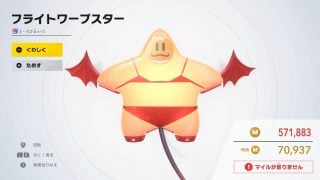Pokémon Diamond and Pearl made several strides forward for the franchise, taking it online and to the Nintendo DS. With the pattern of remakes that had become expected, the Pokémon Company did the unexpected for this second serving of Sinnoh by… giving us exactly that. No big shake ups outside of those tied to modern convenience here, with the real change being something behind the scenes. These remakes were developed by ILCA rather than Game Freak, which may have played a part in them becoming faithful recreations rather than reimaginings.
That begs the question of how strong were those games on their own merits, and if the return to a traditional Pokémon experience is necessary in the time of Sword and Shield, or the upcoming Legends: Arceus. With that in mind, my personal ties to Gen IV are stronger than maybe any set of games save the first. It got the most play time out of me thanks to launching during the intersection of high school and college, with no work obligations in sight. Being online, I dove all into competitive battling and fan communities. Lastly, years later I’d get the opportunity to move to Japan, living in Sinnoh’s real life inspiration of Hokkaido. Seeing how the island was adapted for Pokémon after that sort of experience gave a new twist on the familiar for sure.
With Pokémon Brilliant Diamond and Shining Pearl, we have a unique opportunity to see how well these games can stand up to progress and nostalgia. It may not be the strongest or most compelling Pokémon experience in recent memory, but it’s easily the most comfortable.
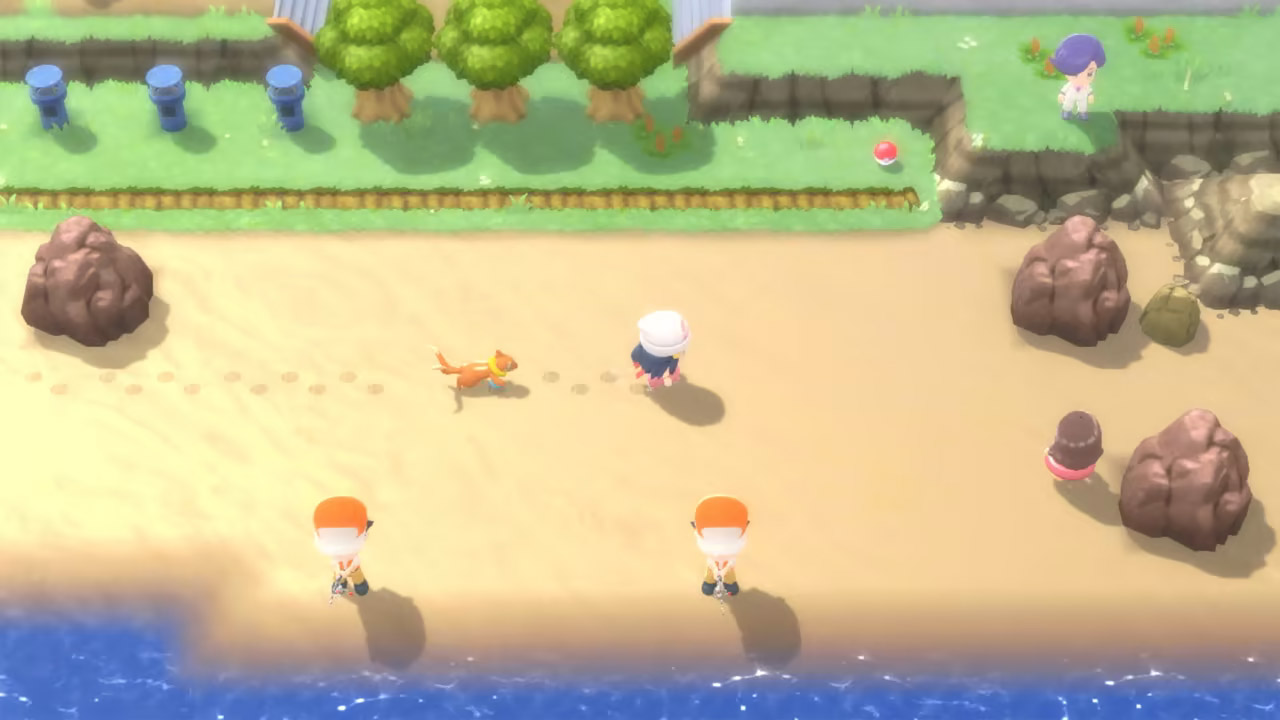
From the moment I set out from Twinleaf Town with my Chimchar, I felt cozy. Part of that is likely that I’ve been playing Pokémon since the beginning, but I’ll also give credit to these remakes’ visual style of choice. On debut I saw many comparisons to Duplo or cries of the series not trying hard enough, but in taking inspiration from the DS’ visual style BDSP manages to stand out compared to the more proportioned characters running around Galar’s Wild Area. Call it personal preference, but there’s joy to be found with these stubby models.
I’m also going to gush over some of the visual choices for Sinnoh itself. There’s a definite rural feel to its routes and landmarks (Mt. Coronet often being visible in the background of battles is a lovely touch) along with a respect to history found in its smaller towns. The focus on Pokémon mythology found here was always interesting, and while it doesn’t push things any further than the original games in that regard there’s something to be said for how it’s woven into both the region itself and the villainous team’s plans.
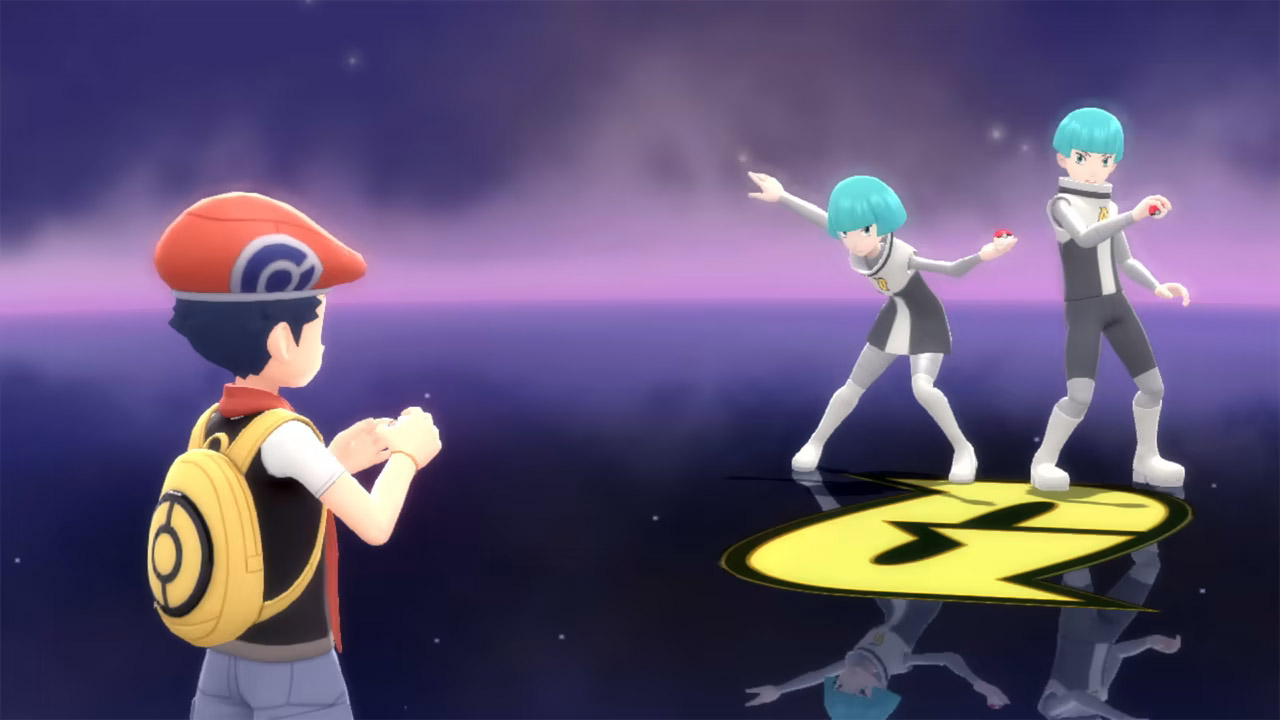
Exploring these scenic routes has been made much easier this time thanks to the smart move of having HM moves come from helpful wild Pokémon instead of one in your own party. I had a brief moment of panic when I was given access to Rock Smash, but having the ever dutiful Bidoof as a region-wide helper works wonders. I’m less a fan of TMs going back to being single use items, though. They remain accessible, and Gym Leaders even give out multiples, but it’s still an odd backstep.
While those aspects are interesting, the same can’t really be said for the Pokémon League beats that fuel your character’s journey. This isn’t a cry to remove this element from the franchise, but rather to make it a little more interesting. TPCI seems aware of this, if Sun and Moon are to be believed, but it’s something any remake of older games will be held back by. Do you stick with something “just because” or aim to overhaul? No part of BDSP struggles with that question quite like this. That sense of routine is redoubled by the fact that, unlike previous remakes, all the Gym Leaders have kept their original (and dare I say boring) designs – something this particular batch could’ve really benefited from.
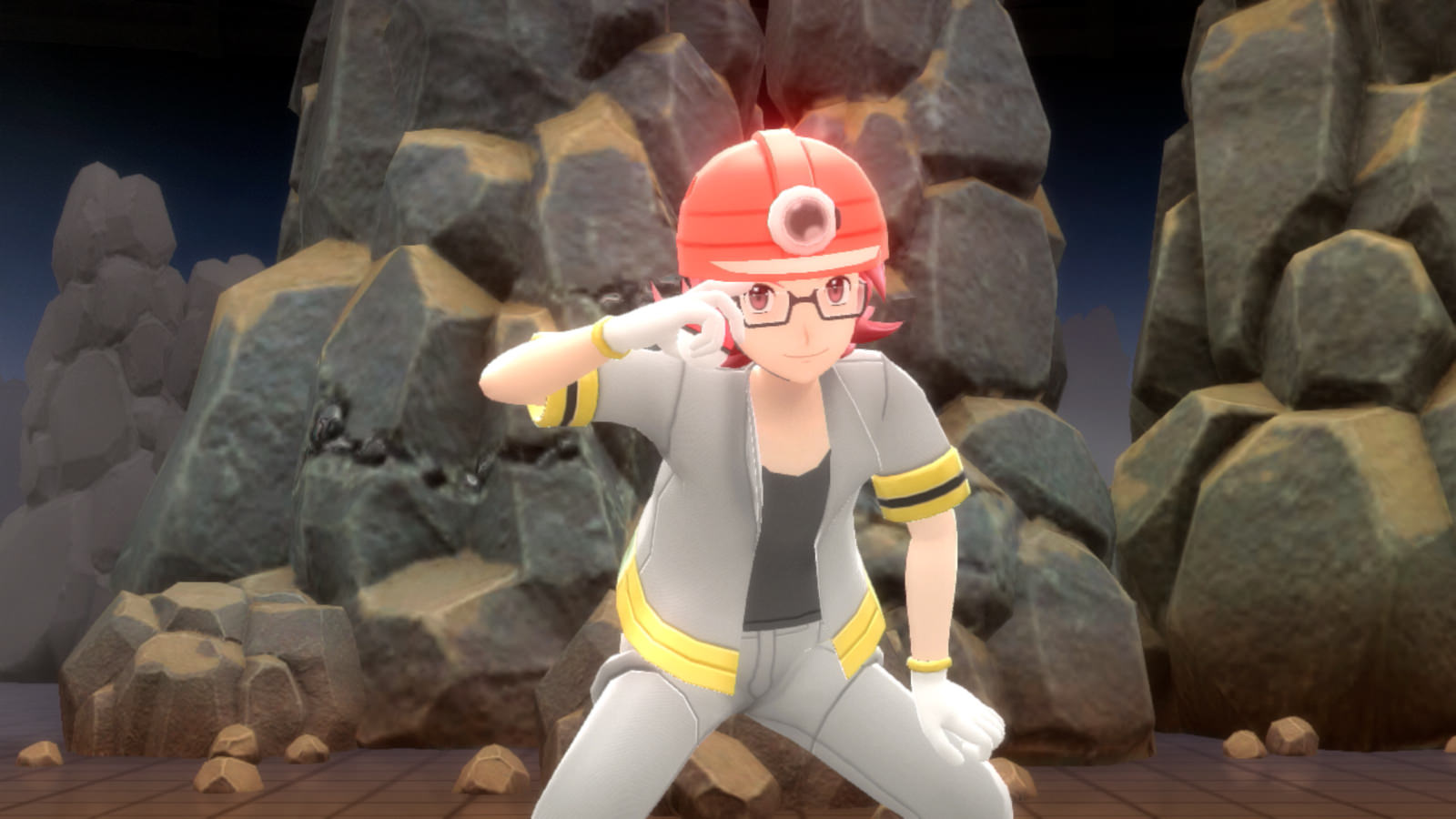
The biggest and best updates came instead to the Underground – now christened the Grand Underground. What was once a source of Spiritomb and local play alternatives is now a more robust exploration experience. It may not have the free feel of the Wild Area, but the surprise of seeing what might be wandering around Pokémon Hideaways never got old. These new and ecologically diverse caverns contain species that were, in the original Diamond and Pearl, only available once you had the National Pokédex. As a byproduct this means the player has more options when it comes to catching Fire-types, a welcome change considering the default Pokédex’s dire selection. It’s a very have your cake and eat it too move, letting the game’s best reflect their source material but still offer up Pokémon that were included in the expanded Platinum lineup.
This is as good a time as any to sidebar on that subject. Platinum’s story-based content is absent from Brilliant Diamond and Shining Pearl, and no new plotline has been introduced to homage it ala the Delta Episode found in Omega Ruby and Alpha Sapphire. Fans of the Distortion World will have to make due with Giratina’s original role in the game as a tucked away Legendary. There’s also no sign of some of Gen IV’s Mystery Gift exclusive content at this time, namely the areas related to Shaymin and Arceus. Consider yourself lucky, Rotom.
Back beneath the surface, the Grand Underground is also a fantastic tool for both more competitively and collection minded trainers. Easy access to Egg Moves and the ability to manipulate encounter rates via statues in your Secret Base are awesome to see, and once you’ve completed the story you’ll find yourself with access to Pokémon from across generations. With dedication you’ll be able to encounter nearly all of the 493 Pokémon that existed back during Gen IV’s time. It might not address the hopes for an all-encompassing Pokémon title but it’s true to the originals in an expanded way.
A few other familiar tools are present that help incentivise franchise devotees to these. The VS Seeker was always a great tool for grinding out Effort Values and cash money, and with the return of Poké Radar players can chain for shinies in a fairly reliable (though time consuming) way. This kind of accessibility is welcome and appreciated, as it makes (and has made) it easier for players to seek out what they want when they like. How necessary those and other, similar elements might be will depend on what you want out of a Pokémon title, but at least for me I was happy to have them back.
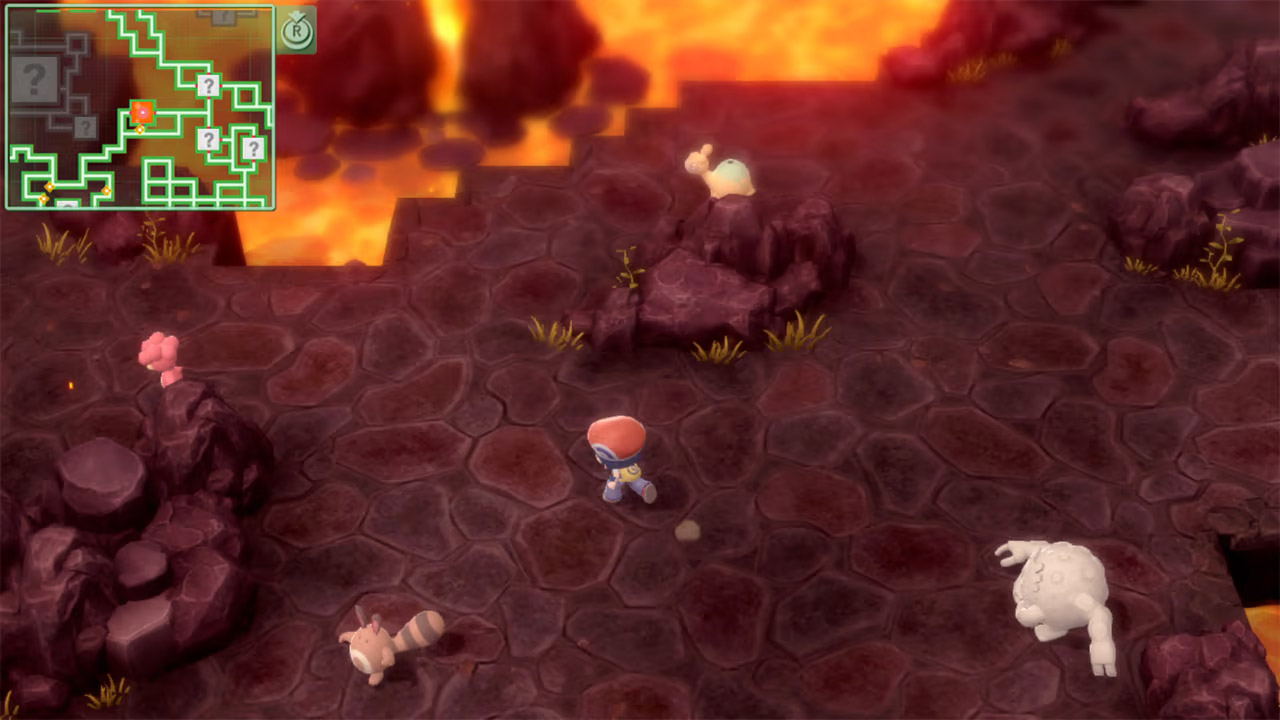
Really, that’s the question at the core of Pokémon Brilliant Diamond and Shining Pearl’s identity. I wouldn’t go so far as to call it a necessary game, as it doesn’t change things up in a meaningful way. With Legends on the horizon, it might be tempting to skip it all together. What it is is a very familiar and self contained game. With all the interconnectedness of Pokémon GO, Sword and Shield, and Pokémon Home; it’s nice to have something that feels removed and “complete” on its own. That might take a little cognitive adjustment on what “complete” means when it comes to Pokémon, but for me personally I never felt like BDSP was missing anything essential.
That doesn’t mean that they’re comprehensive games, but they compliment SwSh well because of that. If Pokémon continues this pattern, we’ll have varying flavors to look forward to – the series stepping forward as Gen IX starts to become a topic of hushed discussion while remakes continue to hold onto that classic vibe. Assuming they remain at the hypothetical helm of those, I do hope Game Freak sees promise in what ILCA has done here and we see further evolution to this partnership come the inevitable Black and White remakes. Fidelity and experimentation can go hand in hand, just as the myths of the past inspire Sinnoh’s present.
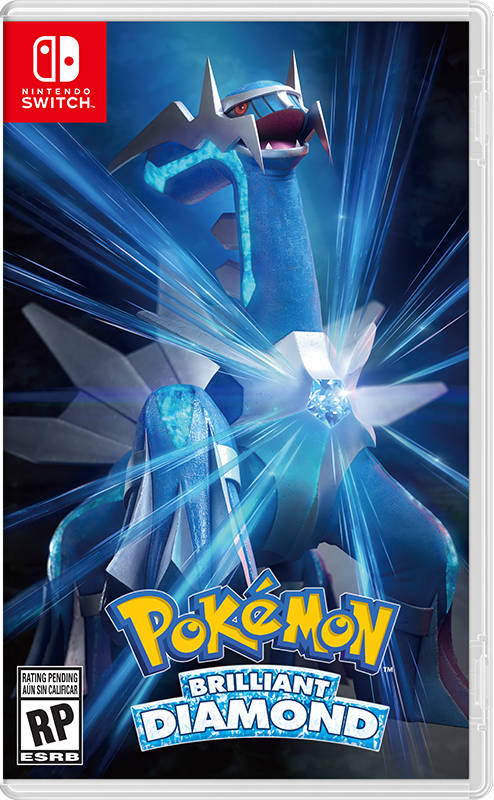
System: Nintendo Switch
Release Date: November 19, 2021
Categories: RPG
Publisher: Nintendo
Developer: ILCA

